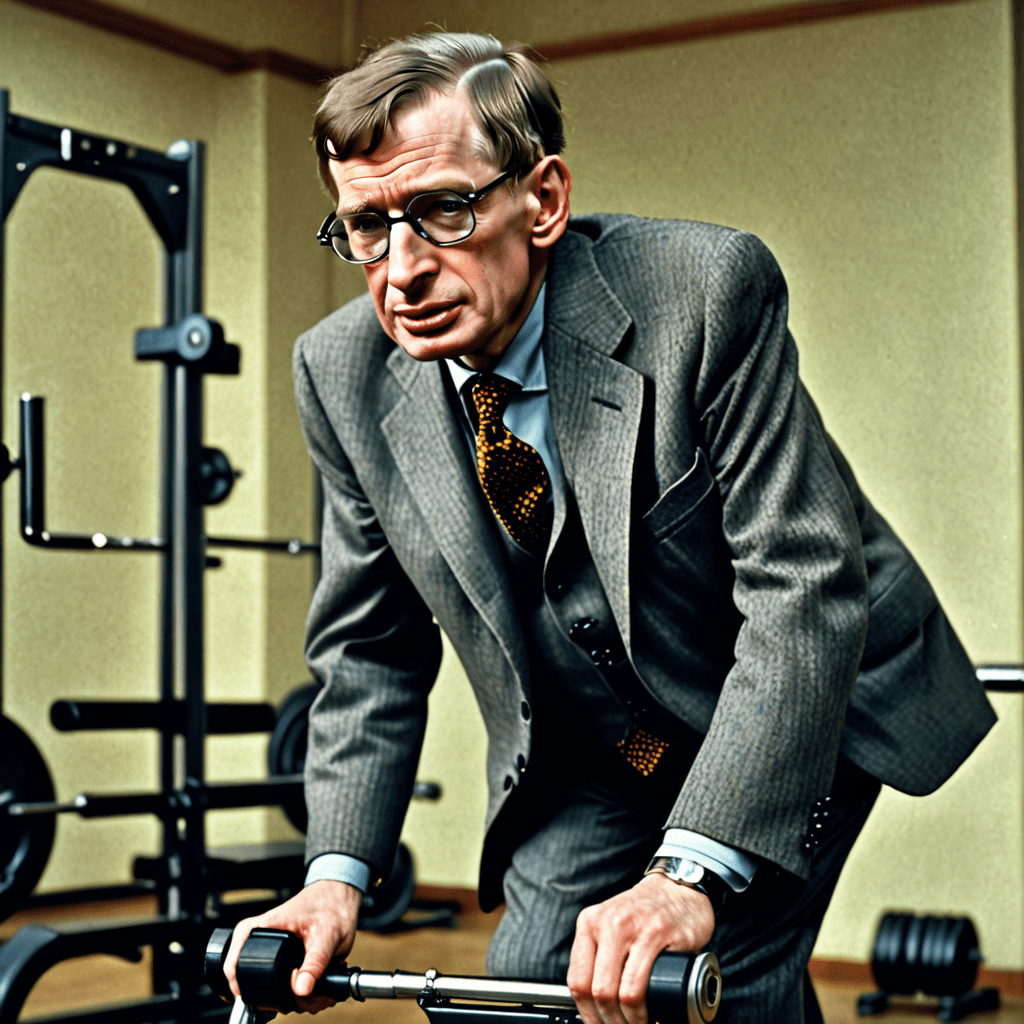1. Introduction: Importance of Muscle Power and Cardiovascular Health
Cultivating muscle power is paramount for overall physical fitness and well-being. Muscle power refers to the ability of muscles to exert force rapidly, enabling explosive movements such as jumping, sprinting, and weightlifting. It plays a vital role in daily activities, sports performance, and maintaining independence as we age.
Cardiovascular health, on the other hand, encompasses the heart's functionality and the circulatory system's efficiency. Engaging in regular cardiovascular exercises not only strengthens the heart and improves blood flow but also enhances muscle power. This is attributed to the increased oxygen and nutrient delivery to muscles during exercise, resulting in greater energy production and improved neuromuscular function.
2. Understanding Muscle Power and Its Benefits
Muscle power is a multifaceted quality influenced by factors such as muscle size, muscle fiber composition, and neural adaptations. High levels of muscle power are associated with numerous benefits, including:
- Enhanced athletic performance, particularly in sports requiring explosive movements.
- Improved mobility and balance, reducing the risk of falls and injuries.
- Increased bone density, contributing to osteoporosis prevention.
- Better posture and reduced risk of back pain.
- Improved metabolic function, aiding weight management and reducing the risk of chronic diseases.
3. Cardiovascular Exercises to Enhance Muscle Power
Incorporating specific cardiovascular exercises into a fitness regimen is essential for developing muscle power. These exercises challenge the body's cardiovascular system while engaging muscles and improving muscle function. Some of the most effective cardiovascular exercises for enhancing muscle power include:
3.1. High-Intensity Interval Training (HIIT)
HIIT involves alternating short bursts of high-intensity exercise with brief periods of rest or low-intensity activity. This type of training improves both cardiovascular endurance and muscle power by elevating heart rate and stimulating muscle recruitment.
3.2. Plyometrics
Plyometric exercises are explosive movements that combine muscle power and speed. They involve rapidly transitioning from a stretched muscle to a contracted muscle, such as in exercises like box jumps, clap push-ups, and depth jumps.
6. Considerations for Individual Needs and Limitations
Selecting appropriate cardiovascular exercises for muscle power development requires considering individual needs and limitations. Age, fitness level, and health conditions should be taken into account. Individuals new to exercise should start gradually and consult a healthcare professional before engaging in strenuous activities. Those with underlying health issues may need modifications or alternative exercises to minimize risk.
7. Safety Precautions and Guidelines
Safety is paramount when performing cardiovascular exercises for muscle power. Proper warm-up and cool-down routines are essential to prepare muscles and reduce the risk of injury. Adequate hydration is crucial, especially during intense exercise. Listening to the body and resting when needed prevents overexertion. Seeking professional guidance from a certified trainer or physical therapist can ensure proper technique and safe execution of exercises.
8. Maximizing Results: Nutrition and Recovery
Optimal nutrition supports muscle power development. A balanced diet rich in protein, carbohydrates, and healthy fats provides the necessary building blocks for muscle growth and repair. Consuming protein within 30 minutes after exercise helps maximize muscle protein synthesis. Adequate hydration aids in blood flow and nutrient delivery to muscles. Recovery is vital for muscle adaptation; getting enough sleep and allowing for rest days facilitate muscle growth and reduce soreness.
9. Measuring and Monitoring Progress
Tracking progress is essential for motivation and optimizing training plans. Various methods can be used to assess muscle power, including vertical jump height, sprint speed, and weighted jump squats. Regularly recording these measurements allows for adjustments in exercise intensity and duration to ensure continuous progress. Monitoring heart rate during exercise provides insights into cardiovascular fitness and helps maintain the target intensity for muscle power development.
10. Conclusion: The Power of Cardiovascular Exercise for Improved Muscle Power
Incorporating cardiovascular exercises into a fitness regimen is a potent strategy for enhancing muscle power. By challenging the cardiovascular system and engaging muscles, these exercises promote increased oxygen and nutrient delivery, leading to improved muscle function and power output. Tailoring exercises to individual needs, prioritizing safety, and optimizing nutrition and recovery are key elements for maximizing results. Regular implementation of cardiovascular exercises unleashes the potential for improved athletic performance, better overall fitness, and a more active and fulfilling life.
FAQ
Q: How often should I perform cardiovascular exercises for muscle power development?
A: Aim for at least 2-3 sessions per week, incorporating a variety of exercises to target different muscle groups.
Q: What is the recommended duration for cardiovascular exercises in this context?
A: Each session should be around 20-30 minutes, focusing on high-intensity intervals or explosive movements.
Q: Can cardiovascular exercises help improve muscle power in older adults?
A: Yes, cardiovascular exercises are beneficial for muscle power development regardless of age. However, it's crucial to consult a healthcare professional and start gradually to avoid injuries.


